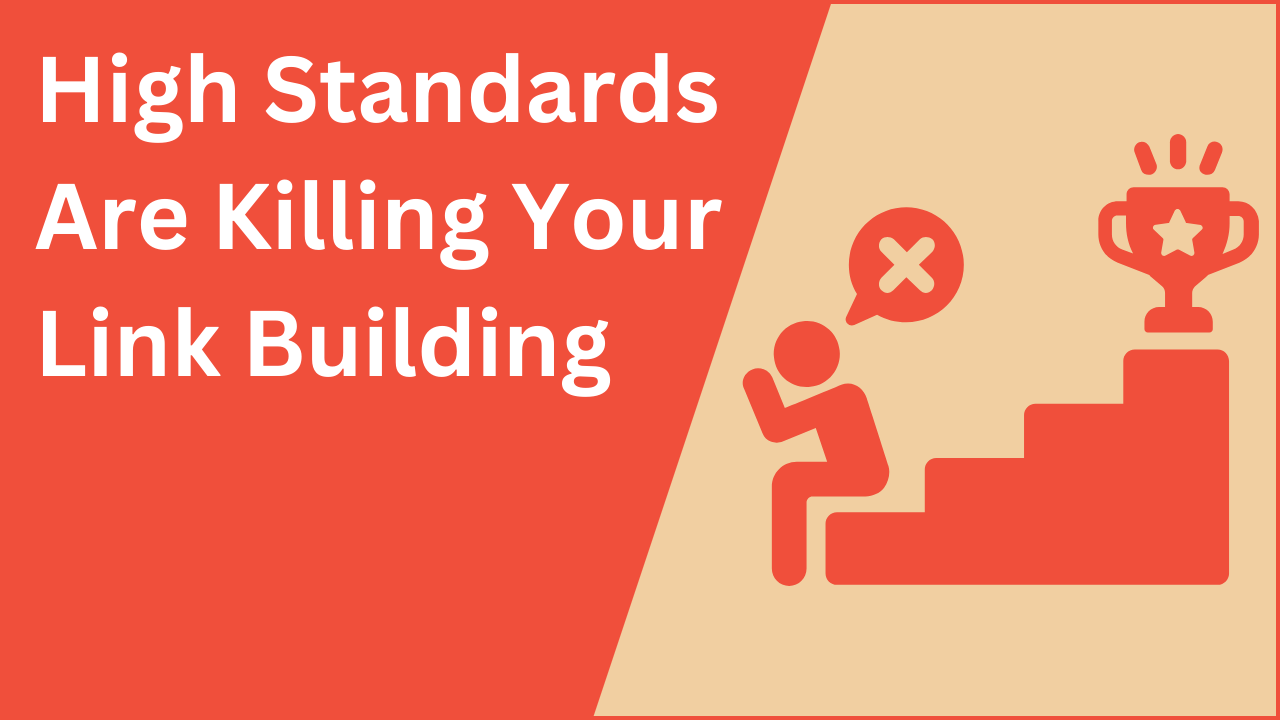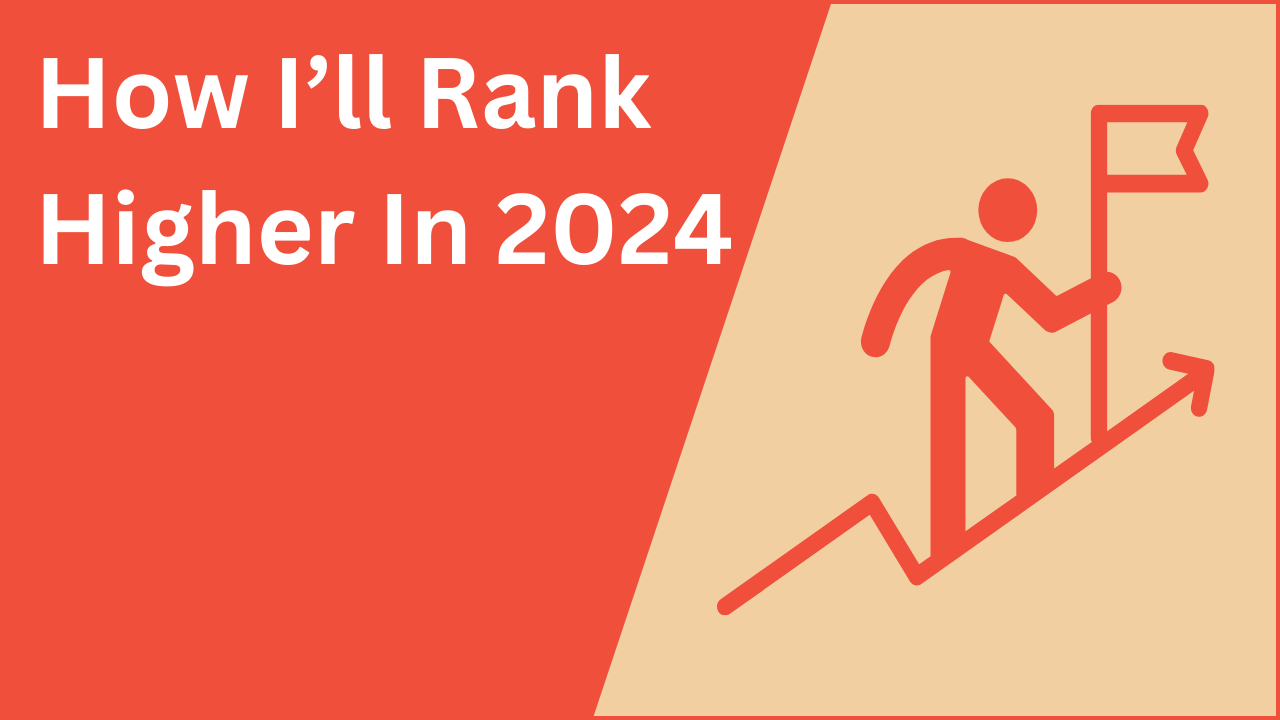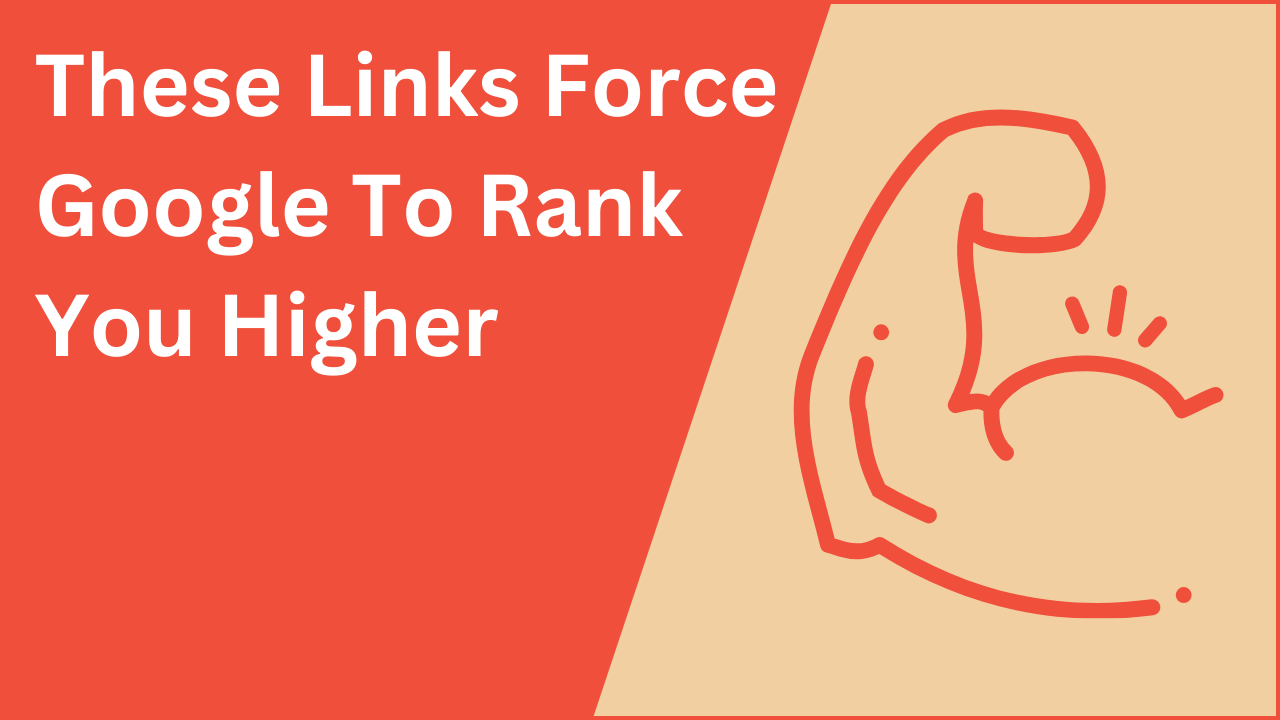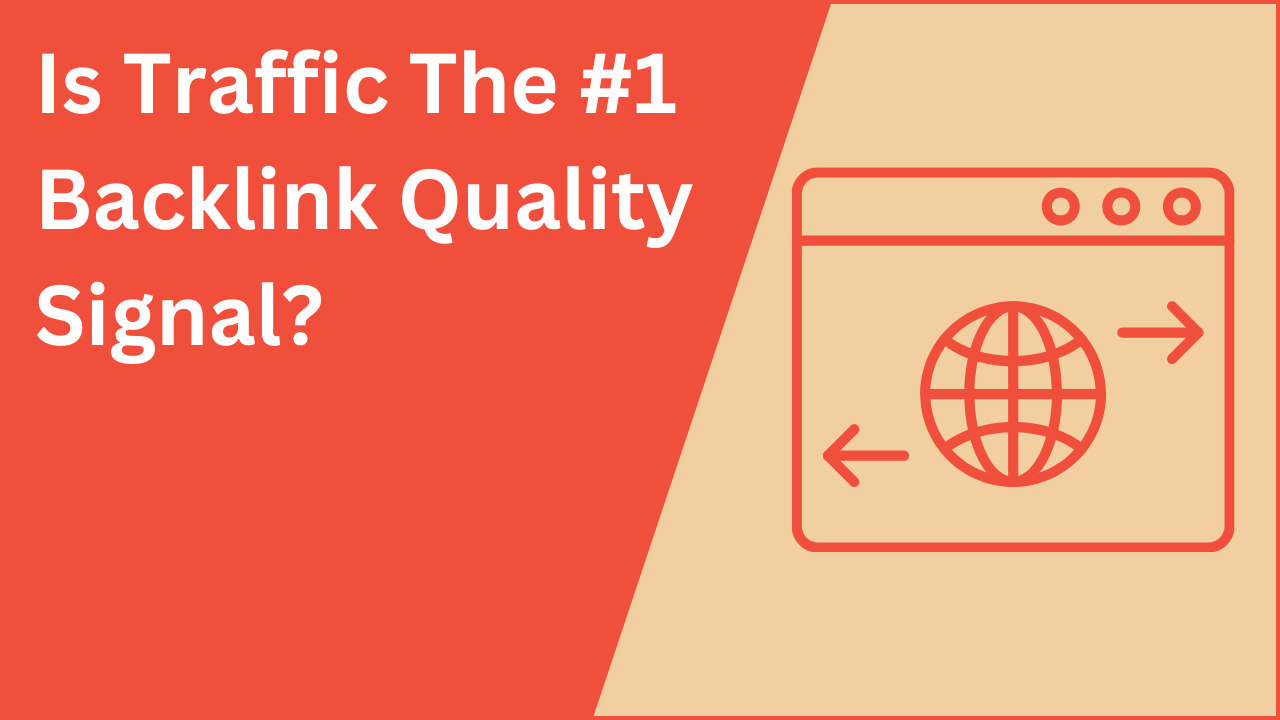We all understand that link building is one of the most challenging aspects of growing a website and ranking higher in the search engines. Everyone wants to build links and everyone would like to have more links.
The process of building links can be taxing from figuring out who your prospects are, to reaching out to them, to following up, and so on and so forth.
Not to mention the fact that there’s no guarantee your efforts will even be rewarded.
Having a link building checklist to follow so you can rinse and repeat a proven process will definitely help your link building campaign. That’s why I created this checklist and I hope it helps make link building a little easier for everyone.
Step 1: Create Great Content
We want to start from the top and work our way down through the steps. The first and honestly most important step is to make sure that your site is actually ready to get links. It all starts with amazing content.
Your website should be full of incredibly valuable blog posts and high quality content that speaks to your target audience.
Build Linkable Assets
When you create content, you want to do so in a way that makes the content “linkable.”
This means that when you create content, you’re creating quality content that people actually want to link to because it serves a certain purpose.
A few examples of linkable assets would be:
Skyscraper Blog Posts – High quality content that encompasses everything someone would want to know about a given subject. These types of articles earn links because they’re comprehensive.
Case Studies – This type of content is usually rich with data and information that requires a lot of research. Linking to something like this is a lot easier than going out and doing the research yourself so it earns a lot of links.
How-To Guides – How-to guides earn links because they help break down a complicated subject into an easy to absorb blog post.
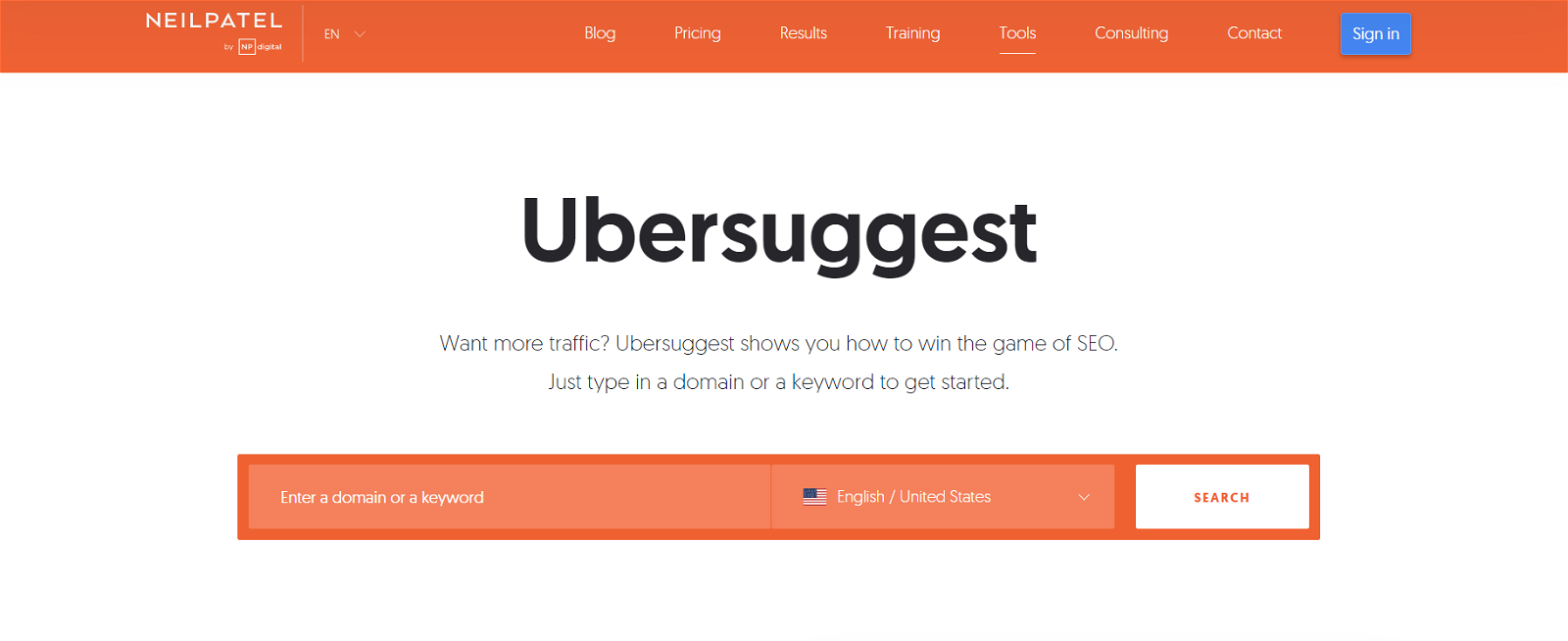
Free Tools – Ubersuggest is a great example of this. If you have a useful tool that you can give away for free on your website, people will hand you links because you’ve provided something of value to them.
Figuring out ways to create a nice variety of these different types of content is a foundational key to earning more high quality links.
Everything comes full circle here.
Think about it, when you eventually find websites you want to reach out to for links, don’t you think you have a better chance of getting a link when the prospect looks at your website and sees that you’re providing a ton of value?
Refresh Outdated Content
Even if you create high quality content, it can become outdated or irrelevant over time.
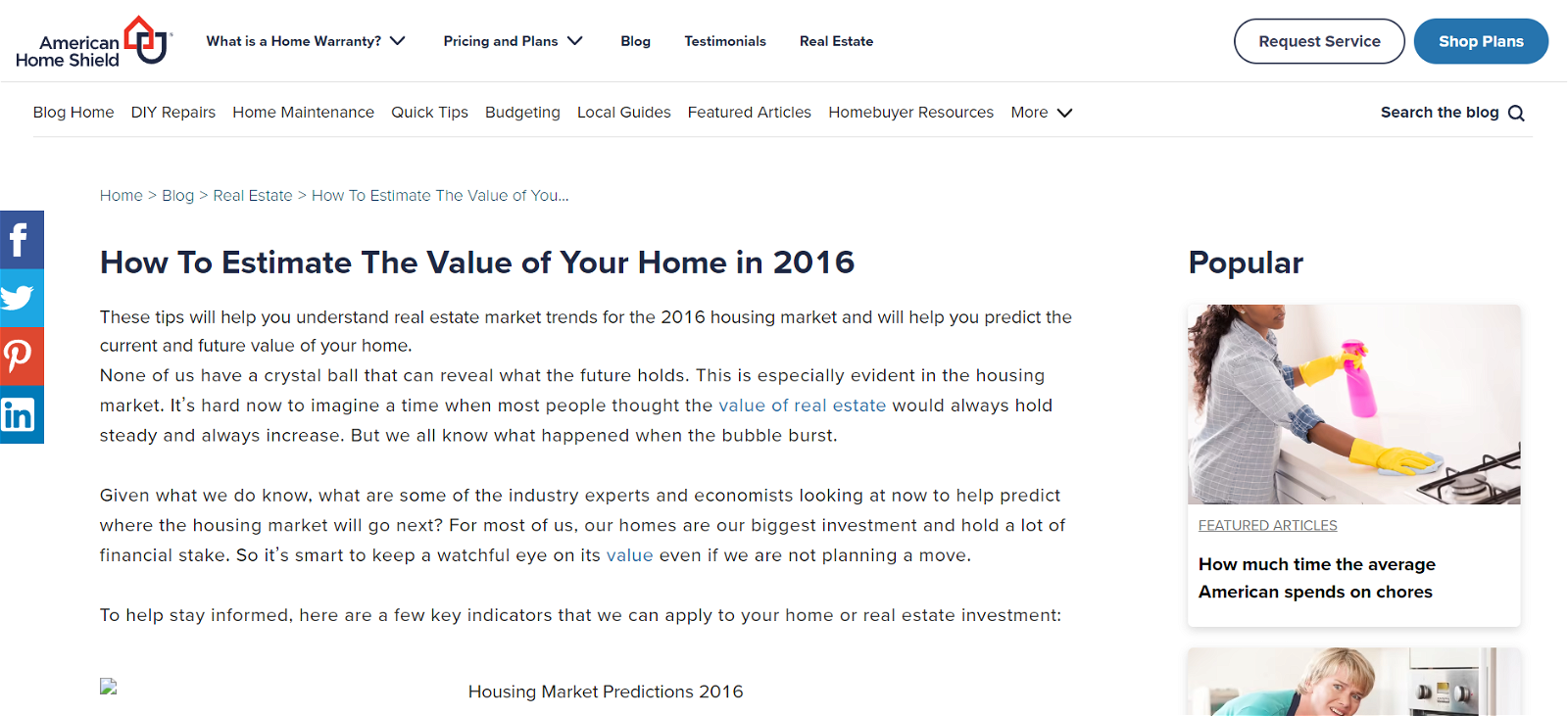
Having content that provides data or information on trends is a great time-sensitive piece of content, but it doesn’t make you look like a high authority website if it’s outdated.
If you’re doing real estate link building and someone comes to your website and immediately sees a blog post about trends in 2016, they might be a little turned off.
You want to make sure that your foundational efforts include updated outdated content to make sure that prospects are only seeing the best of what you have to offer.
Create Content For Your Niche
The most authoritative websites create quality content that speaks to a certain niche. When emails are popping up in people’s inboxes, you need to make that person realize that you are one of the most authoritative people on a given subject.
If you’re not doing that, you’re selling yourself short because you won’t get as many responses.
By creating linkable assets that pertain to your niche, you’re not only providing valuable content but you’re providing valuable content that is incredibly valuable to a specific audience.
Step 2: Analyze and Fix Any Technical Site Issues
Let’s assume that you have a ton of awesome content on your website and you’re ready to move onto the next stage of the link building checklist.
This is again, one of those foundational factors that will come full circle and help make everything easier down the road.
You need to look at your website and make sure that everything is running properly. There are a few factors to consider here.
Fix Broken Links
You need to make sure the articles that you’re pitching and the pages that you want to get links to do not have broken links.
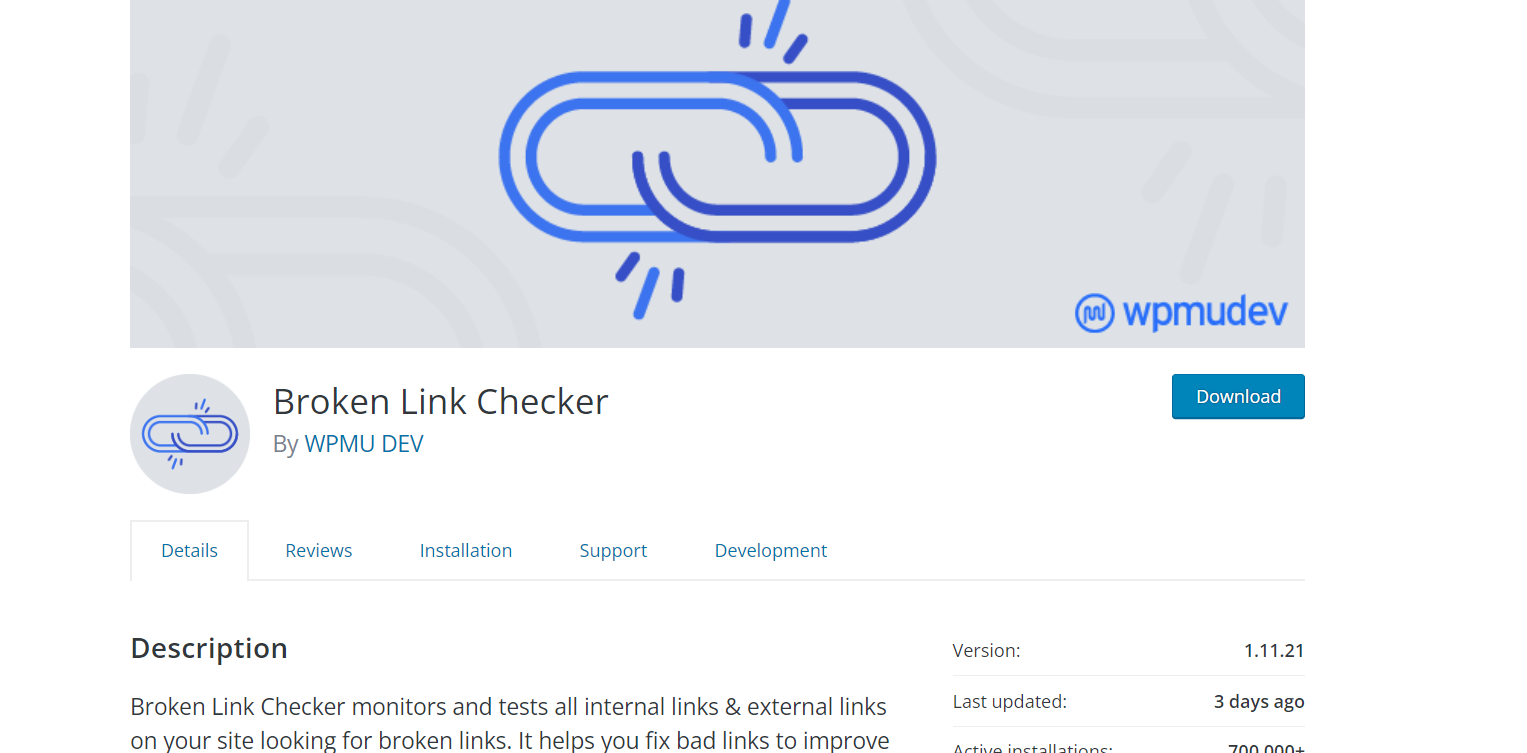
Many site builders like WordPress have easy to install plug-ins that can help you with this.
It can also be helpful to hire someone off sites like Fiverr or Upwork to go through your website and find broken links for you.
Look Into Page Speed and Core Web Vitals
You should also take a look at how your site performs as a whole. Does it load quickly? Are certain pages loading weird or cut off on mobile?
These factors will impact a prospects willingness to link to you and it will also hurt your chances of ranking higher in the search engines even if you do get high quality links.
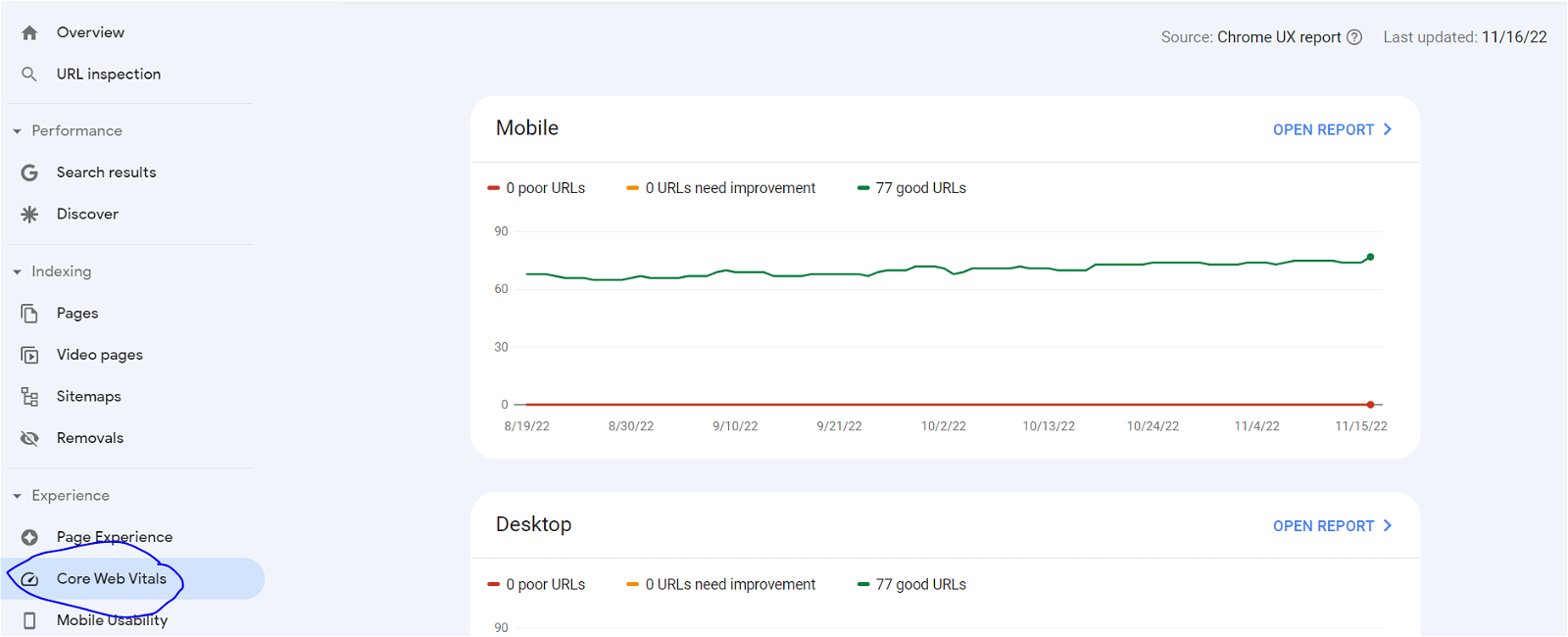
The easiest way to check this is by going to the Core Web Vitals section of Google Search Console.
I won’t break down what all of this means but you can read about it here.
You simply want to make sure that as many URLs as possible are considered “good.” This means they load properly, nothing is wrong with the pages, and everything is as fast as Google would expect it to be.
The best way to fix these issues is to read about what they mean, remove any complicated coding on your website, make sure all your plug-ins aren’t slowing down your website, and use templates that are mobile optimized.
Optimize Metadata
Your metadata is your:
- Meta descriptions
- Title tags
- URL slugs
- Image alt text
Why does this matter for your link building campaign?
Remember, foundational best practices of running a website. You want to make sure that you appear with the utmost authority when you go to reach out to your prospects.
You also want to make sure that you’re going to reap the rewards of your efforts. If you’re scoring a bunch of links when your site is crap, it won’t have as much of an impact because Google will still see that your site is crap.
Make sure that your meta descriptions are the proper length (145-155 characters) and that your title tags and URL slugs contain your target keywords.
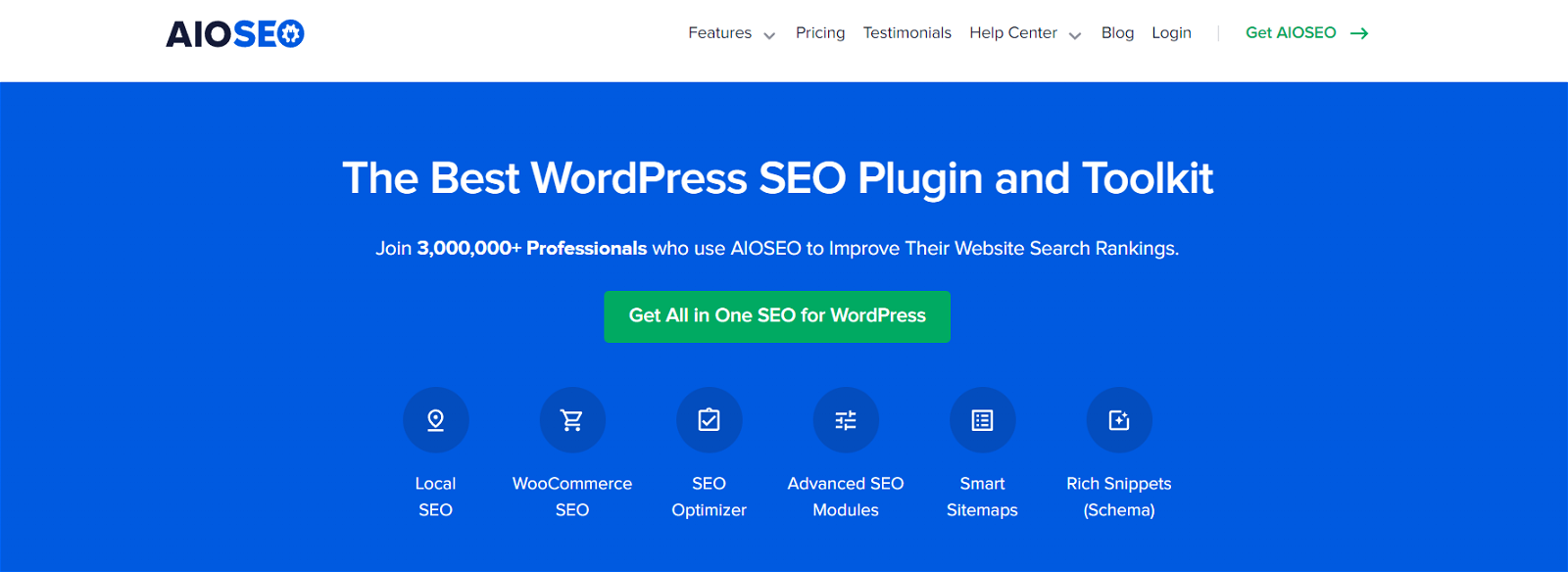
Plug-ins like All-in-one-SEO and Yoast can help you with this.
Image alt text is the written copy that appears in place of an image if it fails to load. It’s also used for the visually impaired when they use a screen reader to describe what the image is.
Its purpose is to tell them what the image is if they can’t physically see it. Making sure you’re using proper alt text and including keywords in the alt text if possible is a good step to take here.
Using the Ahrefs Audit Report to Simplify This Issue
If all of this sounds incredibly complicated, don’t worry, because there is an easy way to figure out everything you need to fix.
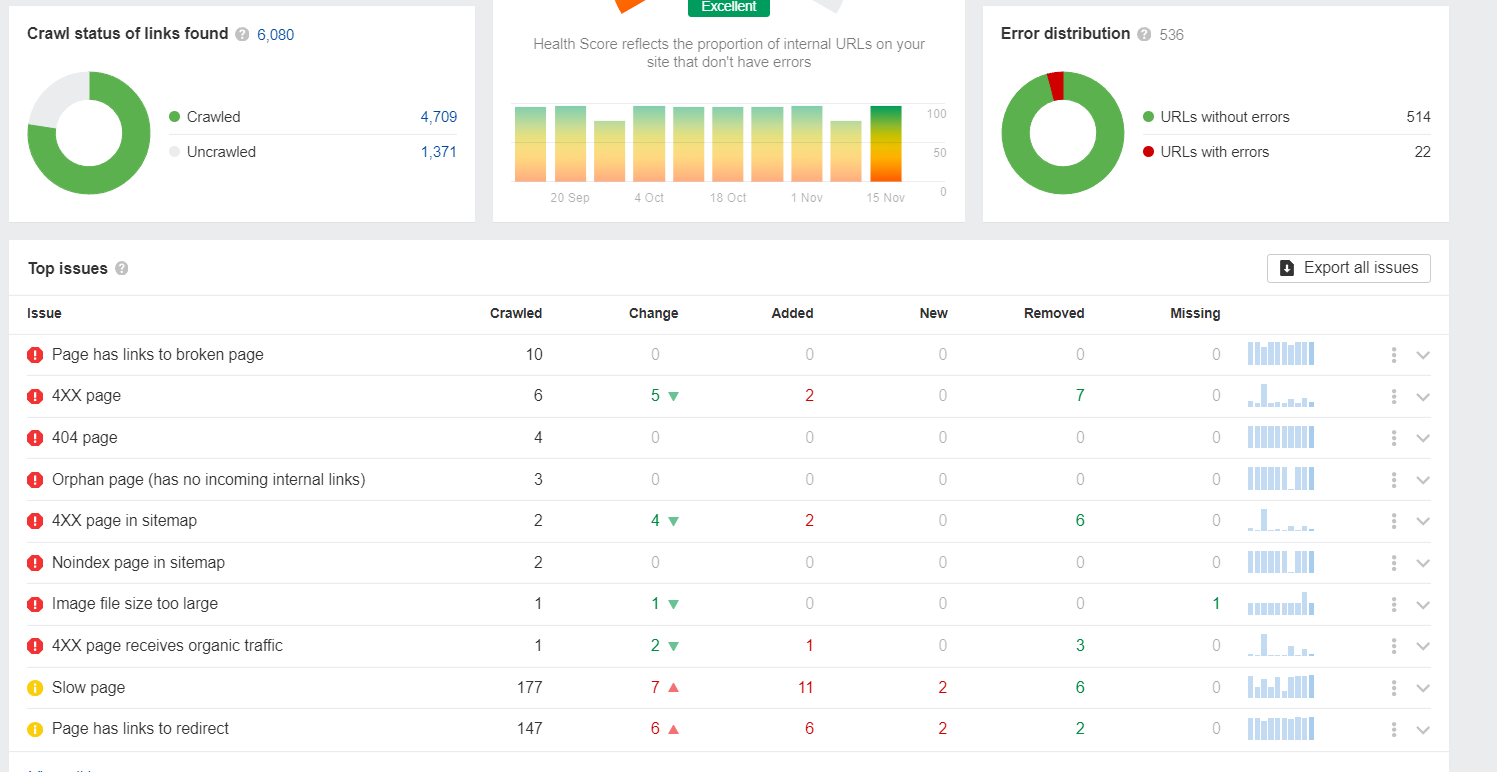
Using Ahrefs, you can download and export an audit report like the one above that shows how many broken links you have, how many images are too large for the page, and how many pages are loading too slowly.
It even shows you the exact page you need to fix.
I highly recommend using this method if you have an Ahrefs subscription.
Step 3: Research Your Competitors Backlinks
Now you have awesome content on your website and everything is technically sound and performing up to snuff, it’s time to actually start developing link building strategies that will yield great results.
This starts with competitor link analysis. We want to find relevant links on our competitors website that we can then reach out to and see if they’d be willing to link to us as well.
Remember the whole thing about this whole process going full circle? This is where it starts. Now that you have awesome and relevant content on your site, reaching out to website owners is a bit easier because they’ll see that your content is related to theirs and the people who they link to already.
So, it makes convincing them to link to you a little bit easier.
Find Your Competitors High Quality Links
For this to work, you need to first figure out who your competitors are. One of the simplest ways to do this is with the competing domains tab in Ahrefs.
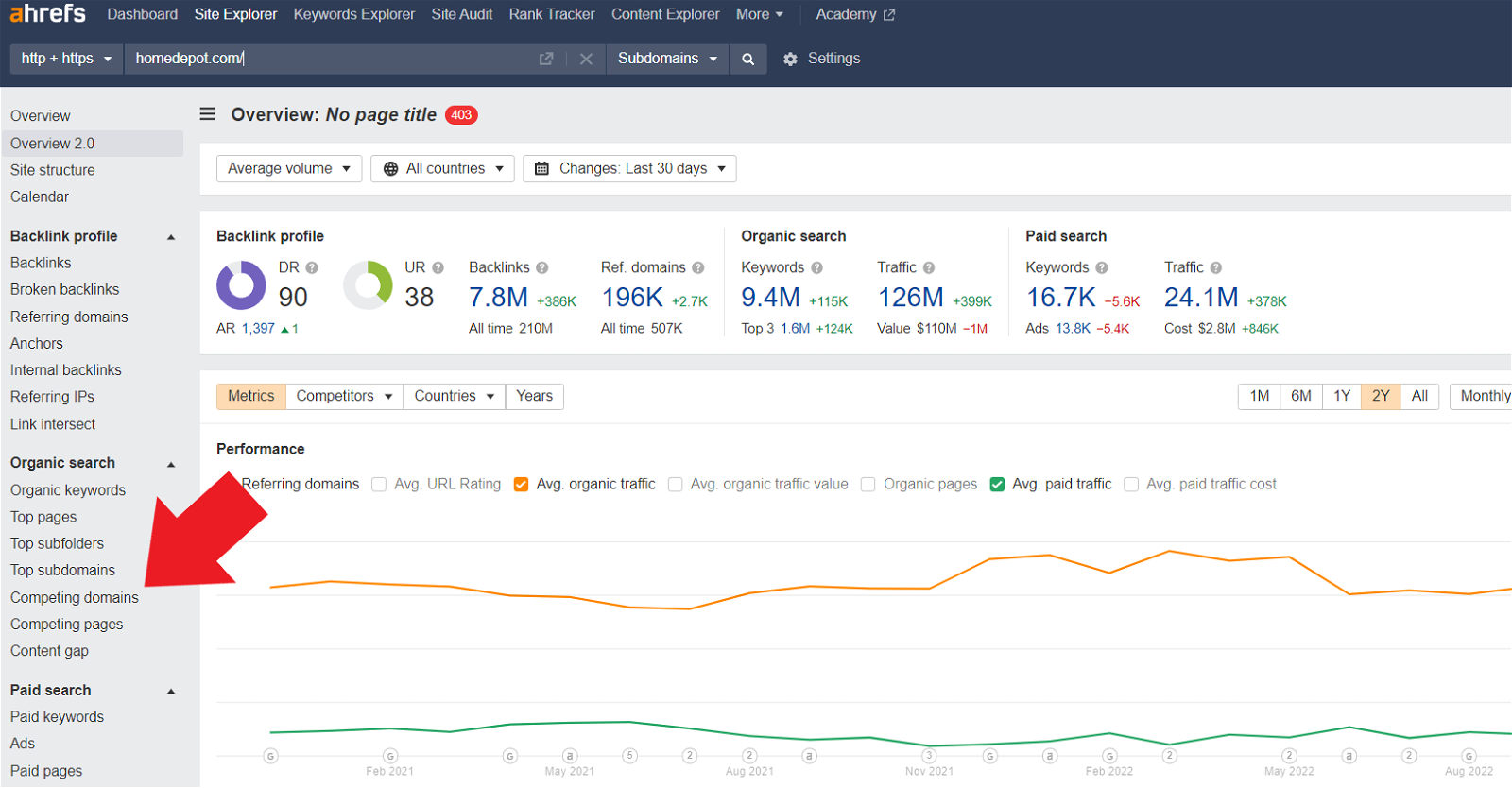
Once you click here, it will open up a page and you’ll get a list of relevant websites that are ranking for similar keywords as you.
You can export this list into a spreadsheet and narrow the list down to only the best competitors that you are familiar with.
Figure Out What Domains are Linking to Them
The next step in this link building checklist is to find the high authority sites linking to your competitors.
We’ll go back into Ahrefs and use one of the competing domains that we found for Home Depot.
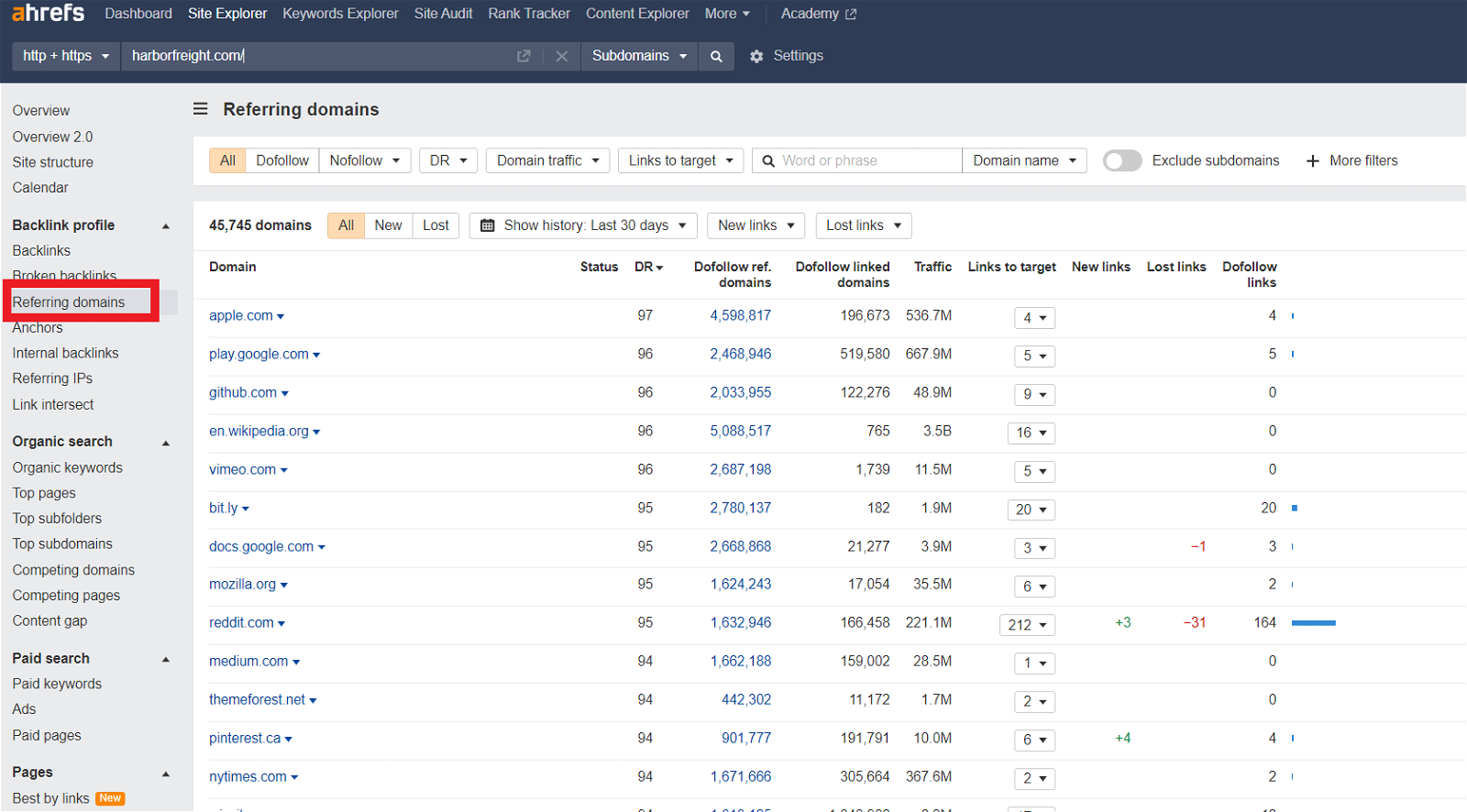
Harbor Freight is a competitor of Home Depot. When we open the referring domains page in Ahrefs, we get a list of all the domains that link to Harbor Freight.
As you can tell from the list, these are some major websites and we wouldn’t stand a chance reaching out to most of these. Of course, this example uses a huge site like Home Depot and it’s likely that your competitors won’t be so huge.
That said, you still want to filter this list down to maximize the return on your link building efforts.
Figure Out What Links You Need
Once you have a long list of potential prospects that you can use for your link building campaign, you want to figure out what type of websites you need links from.
You don’t just want to build links from everywhere – there’s a better way to do this.
We want to make sure that the websites we build links from are:
- Categorically relevant
- High enough domain authority (DR 20+)
- Bringing in their own search traffic
- Dofollow links from high quality web page
It’s important to understand that all of these metrics are hearsay and we never know exactly what Google is thinking. But, they’re used as benchmarks to help us figure out what websites provide the biggest ROI.
This is also when you can start looking at your competitors and seeing how many backlinks they’re getting from other high quality websites.
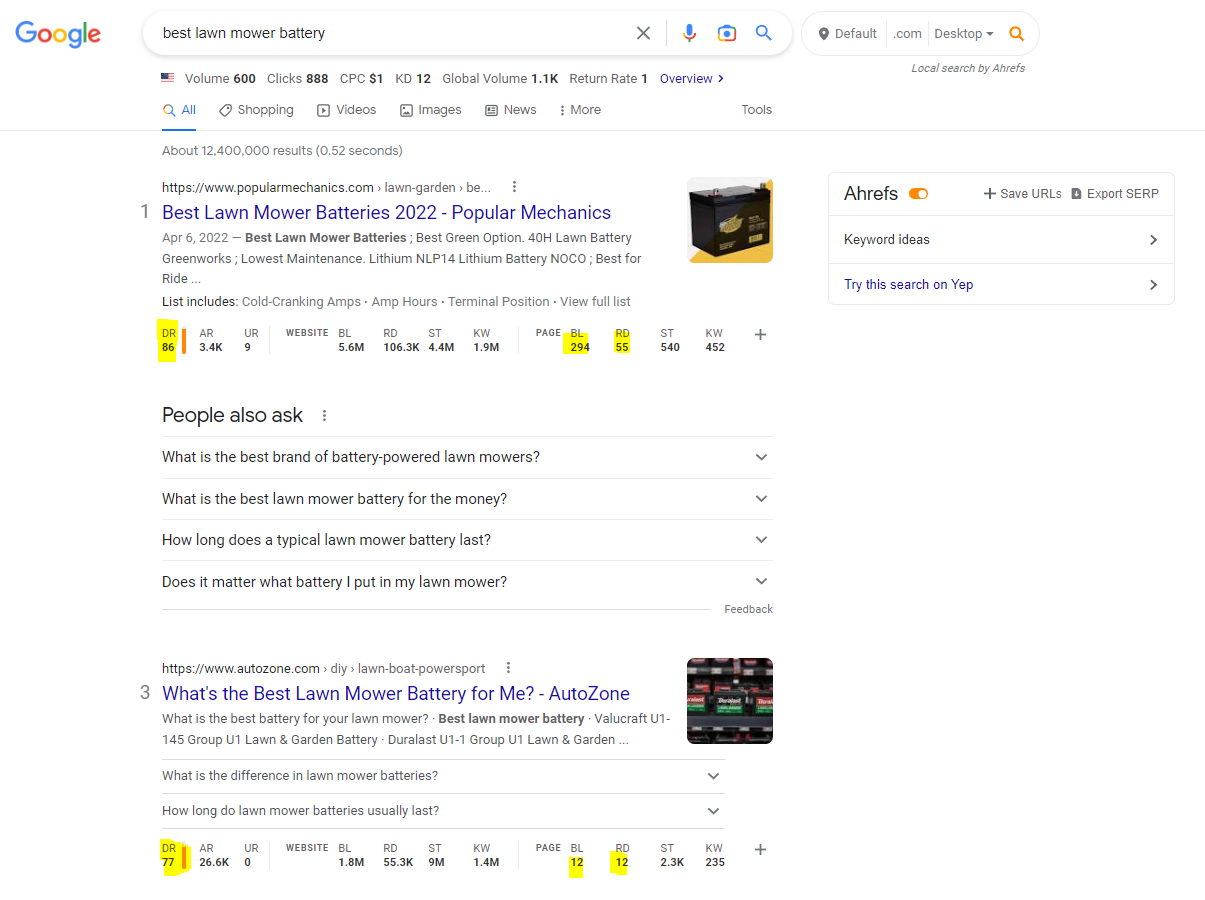
For example, if we’re trying to rank an article on the “best lawn mower battery” we’ll want to Google that phrase and use the Ahrefs Chrome Extension to look at the top ranking articles in the search engines.
We can see that the number one article has 294 backlinks from 55 referring domains. It’s also from Popular Mechanics which is a well known brand with a ton of domain authority and a DR of 86.
We can then assume that it will be incredibly hard to rank number one for this keyword.
The number two spot only has 12 links from 12 domains but it’s also from Autozone which is another big brand with a DR of 77. So, we might not need as many links but we’ll need to beef up our authority if we intend to outrank them.
Doing competitor research can help you understand how much effort you’ll need to put into outranking your competitors. Domain authority, number of links, and quality of links will all play into this.
Step 4: Choosing a Link Building Strategy
The next step of the link building checklist before you start your outreach campaign is to settle on a link building process. What approach do you want to take to get a website link?
All of these methods revolve around providing as much value as possible to the recipient and developing a meaningful relationship that is mutually beneficial.
Website owners are receiving emails about guest posts and link building opportunities every single day – you need to try and stand out.
Link Insertion
A link insertion is basically when you ask a site owner to add links to their website pointing to your content. There are a few reasons why someone would be willing to do this.
Your content might compliment theirs, it might be better than a current link they have, or you might be paying them to do it.
All of these methods are fine but you simply need to learn what the website owner wants and is willing to do.
Guest Posting
Writing a guest post is one of the best ways to get high quality backlinks because the value proposition is clear. I’m going to write an article for you for free in exchange for a few links. It’s simple.
Guest posting also gives you control over the quality of the content that your link appears in. This is important for the overall link building journey and is great long-term.
Broken Link Building
This is one of the simplest link building techniques. You happen to find that the site owner has a broken link on their website, you email them to tell them, then you offer your quality links as a replacement.
They email you back and as a thank you for finding that, they give you the link placement. Of course, it doesn’t always work that way but that’s how it can happen.
Link Exchanges
A link exchange is when you offer to add links to your site or someone else’s site in exchange for a link on their site.
If you have a low domain authority website, you’ll likely need to do a three way link exchange where you reach out or write a guest post on a website that provides a link to someone else and then they give you the link because you earned them a high quality link.
Step 5: Build a Prospect List
Let’s recap a little because we’ve gone through a lot of this link building checklist.
By this point you should have an awesome website with a ton of great content so you can rank higher in the search engines and generate more organic traffic.
You should have a long list of competitors and referring domains that are linking to them.
You likely have multiple link building strategies that you can be versatile when you start with your link building campaigns.
Now you’re ready to actually start deploying these link building techniques to build links from relevant websites.
Filter The Prospect List for Quality
The first step is to filter that big list of prospects you have.
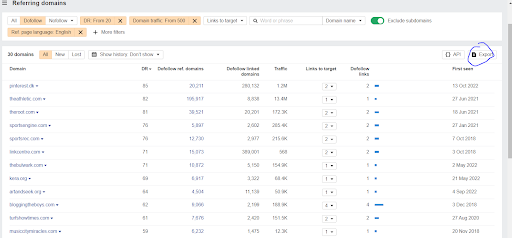
Using the filters in the image above in Ahrefs, you can narrow down the list to only the most qualified candidates based on a few of the factors we discussed in the previous sections.
Remember, the key to successful link building campaigns is ensuring that you’re only reaching out to websites that will actually provide you with a link. If you’re not doing this step, you’re going to waste a lot of time.
Find Their Contact Information
The next step of the link building checklist is to take the narrowed down list of prospects you have and find a way to contact them. You can search through their website, look on LinkedIn, or use a tool like Hunter.io to find their contact information.
Link prospecting is a necessary part of the link building process. This can be tough when you identify great link building opportunities but can’t pursue it simply because you can’t find a way to contact the site owner.
Design an Outreach Email
By this point, most of the heavy lifting is done. Now you want to take your link building strategies and put them into practice.
Figuring out how to design an email that converts is not an easy task and it will take a lot of tweaking. There is no right or wrong answer to this but you want to make sure you’re following some of the basic principles in your email:
- Keep it short and sweet
- Get right to the point
- Use their name whenever possible
- Provide value right away
- Be flexible enough to provide what they want
- Always end the email with a CTA
Frequently Asked Questions about Link Building
What are the most popular link building strategies?
The entire link building process revolves around creating great content, competitor research, and outreach campaigns. It’s important to remember that all search engine optimization comes down to value and if you want to create links for your website, you need to be creating content that is valuable and will generate link opportunities.
What are the rules of effective link building?
You want to make sure you don’t seek nofollow links, that the links are from pages with a high page authority, and that the pages have their own organic traffic.
What should you not do in link building?
You should never ignore the relevance of a website you’re reaching out to for link building. Everything in this link building checklist is useless if you’re just sending emails out to every website asking for links. You need to take the time to do this properly if you want to have success with your link building.
Final Thoughts
I hope this link building checklist is useful for you and I hope it helps simplify your link building process. I recommend following along with the link building checklist and referring back to it whenever you find yourself struggling to figure out what to do next.
Unfortunately, there are no shortcuts with link building and even when you follow all the steps, you may still fall short of your expectations. If you find yourself in this situation, feel free to contact us at WeOutreach.
We specialize in providing link building services to all types of industries and have a proven track record of success.

